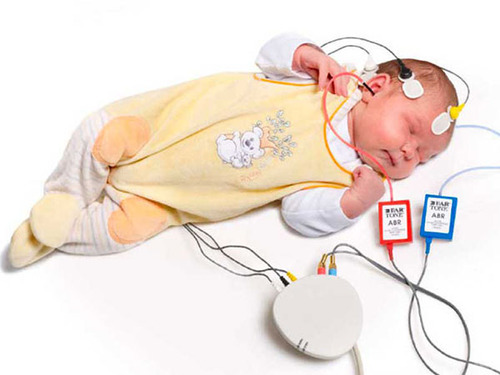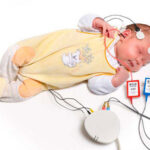The Brainstem Evoked Response Audiometry test, commonly known as the BERA test, is an objective examination used to determine the response of the cranial nerve to the brain as a result of the clicking of noises delivered through the ears. The testing system was first used in 1971 by the experts who performed it and were successful in terms of interpreting its results.
When any external sound reaches the eardrum, it travels via the canal and stimulates the entire system using three tiny bone fragments. It can be successful in terms of improving overall listening. The BERA testing system is highly capable of detecting abnormalities in the brain stem at any time in children and adults.
What is the BERA Test Used for?
The doctors and health experts perform BERA tests to identify the following problems and get data on them.
- Hearing Loss
This test helps determine the degree and nature of hearing loss, including conductive loss, sensorineural loss, or mixed hearing loss. The BERA test is also used in assisting the location of the lesion along the auditory pathway.
- Auditory Pathways in the Brainstem
This test helps assess the health and functionality of the auditory pathways in your brainstem. With the help of a BERA test, doctors can successfully spot tumours or anomalies that impair the brainstem’s capacity to receive or process sound signals. The test helps to detect disorders such as central auditory processing disorder and auditory neuropathy spectrum disorder.
- Threshold Estimation
With the help of various frequencies, the doctor can estimate an individual’s hearing abilities and thresholds. They can even detect the softest sounds a person can hear in this test.
- Auditory Nerve Abnormality
The BERA test is effective in diagnosing abnormalities in the auditory nerves, including nerve compression, nerve damage, and tumour affecting the nerve, or more.
- Hearing Problems in Children
In children, the BERA test is used for newborn hearing screening, evaluating the hearing ability of young children, and diagnosing hearing disorders or other problems.
How to Prepare for the BERA Test?
The BERA test is safe, risk-free, non-invasive, and doesn’t call you to actively participate. You don’t have to necessarily prepare anything beforehand for the test except for washing your hair. Washing the scalp is a necessity of the test because substances such as oils, creams, lotions, or any topical ingredient can affect the placement of electrodes. Ensure to let the doctor know if you are on any medication, as some of them may affect the test’s outcome. The doctor may advise you to temporarily discontinue the use of such medicines. You will be required to lie down during the test. So, we advise you to dress comfortably.
How is the BERA Test Performed?
- The doctor covers specific areas of the scalp with tiny electrodes after cleaning them. A conductive gel or paste is used to attach the electrodes. Once attached, they pick up electrical activity coming from the brainstem and auditory nerve.
- During the test, your ears are covered with earphones or other inserts that emit clicks or tones with varying intensities and frequencies. Each of your ears receives the sound stimuli at one time.
- The electrodes capture the electrical reactions produced by the auditory system in response to the sound stimuli. These reactions are amplified and recorded.
- You must remain patient and relaxed throughout the test, as any panic may interfere with recordings. Children and infants are made to sleep during the procedure to reduce muscle activity that could interfere with the test.
- The BERA test is finished when all the required responses are collected by the doctor, after which they gather essential information. You can resume your regular activities after the test. The entire procedure takes 30-60 minutes to complete.
What if the Examination Results are Abnormal?
If the results of the BERA test are declared abnormal, the doctor requests the examination to continue with the estimation or prediction of the hearing threshold. In this situation, they will also suggest hearing rehabilitation should be carried out with hearing aids.
Takeaway
The BERA test offers multiple benefits in audiology for adults, infants, and young children. It can help diagnose hearing disorders and other related complications. Early detection of these conditions is crucial for effective treatment.


